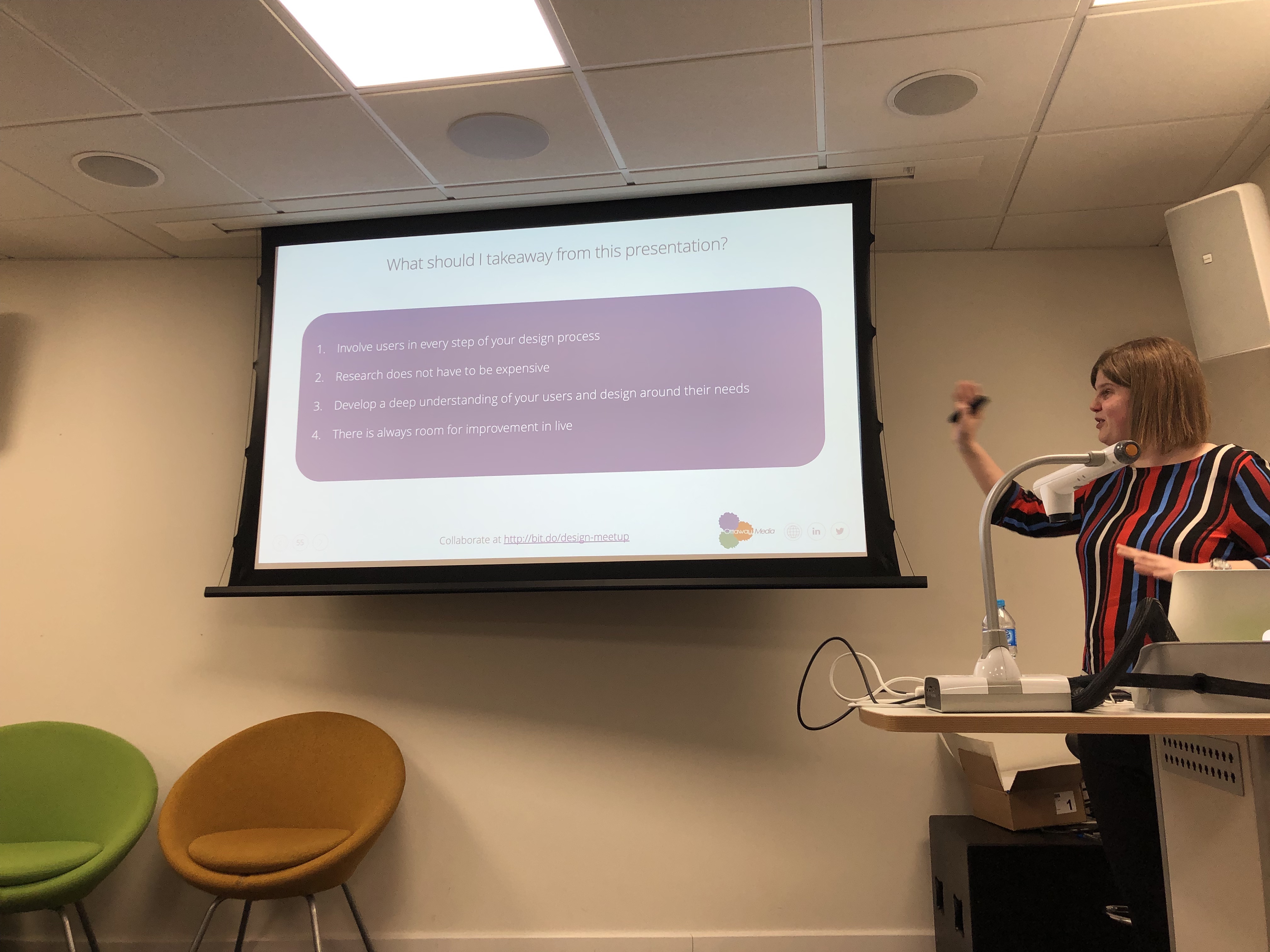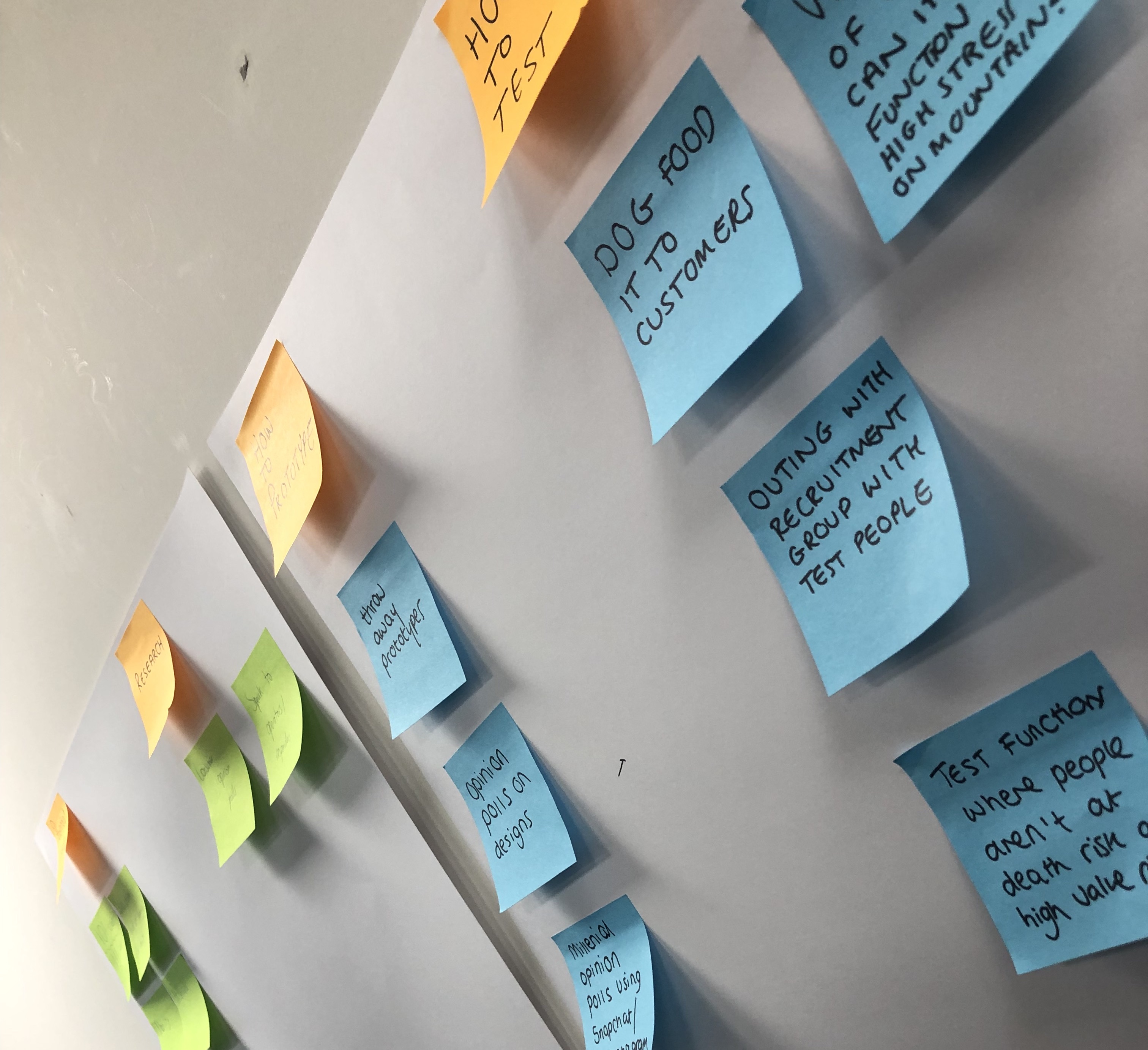Design Meet Up Hull
Two weeks ago, I went along to the second Design Meetup in Hull City Centre designed to unite freelancers, local businesses and industry leaders to encourage good practices in design, share ideas and get together with likeminded creatives in the local area.
Our Speaker

Our talk was led Sophie Ottaway, a user experience consultant who’s worked with different branches of Government and who told us about the principles that they use in design, what works well but also areas that could be improved.
We covered the perception of UX design and common misconceptions about what UX actually is, it’s not just a consideration of how a user interacts and then UI, it’s the full user journey and should start way before any kind of planning for the project, as it’s important to understand who your users are, what they want from you and how you can make this interaction as slick as possible.
This is used all through GDS, like naming services verbs to go from ‘Renew your passport’ instead of ‘Fill out a passport LS01 form’ to make the users interaction quicker and more frictionless.
Sophie told us about better ways to research too, and while companies can throw thousands of pounds at a market research company, if you’ve got the time you can often get better data and a more representative view by going out yourself and meeting people - and going out on guerilla research to meet your users in person can both save money and get more useful information.
We wrapped the talk with an overview of the importance of metrics and how Google Analytics and hotjar can be especially important in designing products by seeing what users are drawn to most with heatmaps, and how if analysed properly data can help you make your service even better.
We were also reminded it’s important to remember your service in context; with a real world example Sophie told us that to offer a rarely used service in Welsh, it would cost less to send an employee out in taxi accross the country to help the user complete the form each time they needed than rebuild it, without this early research the product could’ve been built when it’s neither needed or financially viable.
Getting involved

After a pizza and beer break, we formed into squads of 4 and were tasked with applying the principles that we learned in the session to a real life project and critical services, given the example of NHS 111 and how we’d transform it to a digital service for non-emergencies.
Of course, as an agile task there had to be post it notes involved! We split our board into categories looking at potential users, research, how to prototype and how to test and evaluate if we’ve been successful. It was a really good task that got us thinking and a hands on conclusion for the night, thanks to Sophie for presenting!